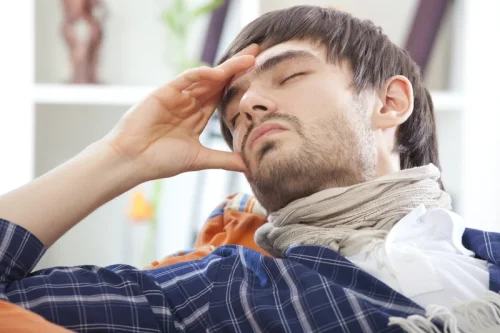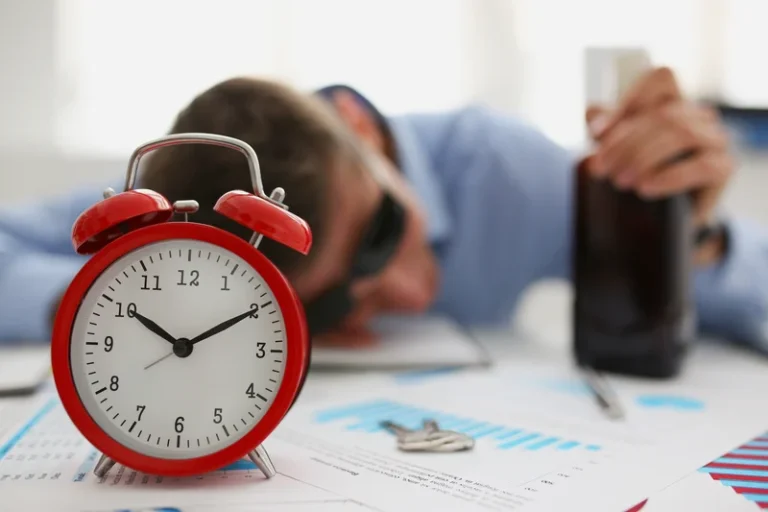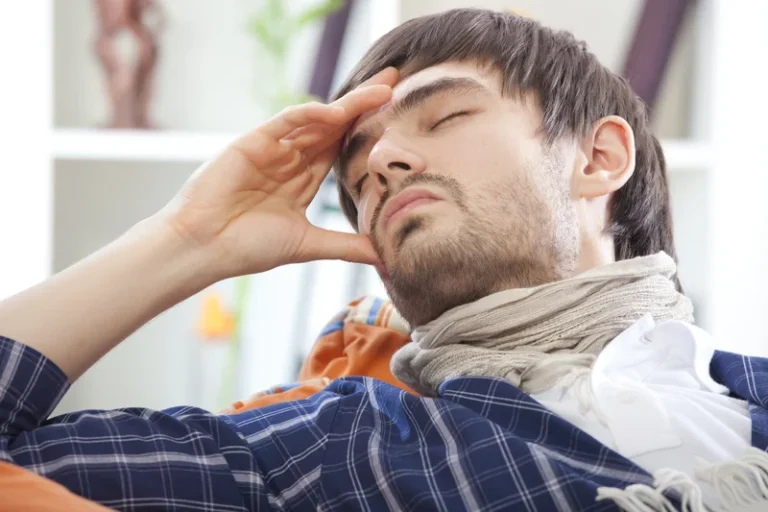
As a seasoned cannabis coach might suggest, these strategically timed pauses from THC consumption are essential hacks for restoring your body’s sensitivity to cannabis. It’s not just about halting use; it’s about giving your endocannabinoid system a much-needed respite to recalibrate. During a tolerance break, your body’s cannabinoid receptors recover, which can lead to more profound effects upon resuming use. However, it’s important to plan and execute a tolerance break correctly to ensure it’s effective.
Maintain Your Sleep Hygiene
The purpose of your break is to free your body of THC, and while you’re at it, you should free your mind of it as well. Has there been anything you wanted to do that you could never get to because you were high? Keep yourself engaged throughout your break, and you’ll find it much easier.
How Does Cannabis Tolerance Develop?
- Opting for smaller papers makes sure a smaller amount of weed is used and, thus, smoked.
- How weed washes over the system and relaxes swirling thoughts and tense muscles can quickly turn someone into an enthusiast.
- Mindfulness allows you to be present in the moment and make intentional choices about your cannabis use.
- By incorporating planned tolerance breaks, those depending on medical marijuana can effectively lower their THC tolerance.
- Vaporizers, by heating cannabis to a temperature that’s below combustion, deliver cannabinoids like THC in a manner that can mitigate the escalation of tolerance levels.
This way you can still partake in the peaceful act of smoking and achieve your THC tolerance break. When you go cold turkey, you are effectively adjusting your consumption method, dosage, and frequency all at one time. But adjusting even just one of these factors can have a significant effect on your experience. While experimenting with more potent products can be enjoyable for some users, relying on them solely because regular weed no longer works is a sign that your body has adapted to THC.
Medical

A correctly dosed edible regimen may allow regular cannabis users to rediscover the potency of THC without needing to increase the quantity consumed, hence supporting lower tolerance targets. However, users should proceed judiciously, as the potency and delayed onset of edibles can be unpredictable. Medical marijuana patients in particular must consult their healthcare providers when considering edibles to manage weed tolerance to ensure suitable dosing and avoid adverse reactions. Ultimately, introducing edibles into your cannabis routine demands respect for their potency and an informed strategy, but it may well be a transformative step in mitigating high THC tolerance. As cannabis connoisseurs explore various methods to manage and reduce THC tolerance, marijuana vaporizers have garnered attention as a preferred tool in this endeavor.

The cannabinoid THC fits like a key in the lock of the CB1 receptor, causing the CB1 receptor to activate in a way that produces the intoxicating effect of cannabis. If the weed you’re smoking is top quality, you should be able to smoke once in the morning, at lunch, and then again early evening – and still remain high for the most part of the how to lower your tolerance for weed without stopping smoking day. If your tolerance is high, dabs can still get you where you want to be by delivering a much stronger hit than regular weed. The extra THC in dabs can push past your tolerance and give you that intense high you’re after, even if your usual go-to doesn’t do the trick anymore. Well, every smoker needs a hack for when their weed tolerance gets too high.

Inside the Leaf: Cannabis Dispensary Tours Revealed
Understanding the nuances of medical cannabis tolerance requires a multifaceted approach. By incorporating planned tolerance breaks, those depending on medical marijuana can effectively lower their THC tolerance. These breaks from cannabis use, also known as t-breaks, are critical periods where the body’s cannabinoid receptors reset. By judiciously adjusting dosage and frequency, medical cannabis users can strike a balance that sustains its therapeutic benefits while keeping tolerance at bay.
The Bottom Line: Reset Without Quitting
Lots of regular consumers choose to take breaks to release some of this unwanted tolerance to THC. Others might not want to slingshot themselves into sobriety like that. Switching to cannabis products with less THC and more CBD is also an option. Our bodies react to cannabidiol (CBD) and THC differently, so a product with a new cannabinoid ratio could be just what you need.
Cannabis legalization efforts persist with deadlines days away
- Do not use if you are a pregnant, nursing, suffering from any medical conditions(s), or on medication.
- Old habits die hard, so it should not be a surprise that part of the mesmerizing act of smoking weed is the meditative breathing we do.
- While researchers have not studied cannabis tolerance breaks, taking a 48-hour break every 30 days may help to manage tolerance and mitigate physical dependence.
- With that said, there are other useful efforts you can take to increase the productiveness of your t-break.
- Whether you’re a long-time enthusiast or someone who’s new to weed culture, taking a tolerance break can be one of the smartest moves for your wallet, your body, and your overall experience.
However, depending on the individual—and a variety of factors like the amount of product consumed, weight, sex, etc. that can influence tolerance—this period of time could be shorter or longer. If lower THC tolerance is your goal, check out these five ways that you can speed up the process. Lower tolerance also allows you to benefit from a wider variety of products. Someone who dabs daily, for example, might be disappointed when they try to smoke flower with their friends or eat an edible they were gifted. But someone with a lower tolerance can often have a great experience with all of the various cannabis products available because they aren’t limited to high-potency ones. As you can see, then, cannabis users may be able to swap between these two compounds in order to give the body’s ECS a physiological break and avoid developing a temporary tolerance to THC.
This is a wonderful opportunity for understanding how weed really affects your life. If you previously had issues with overuse or anxiety from smoking, consider switching your method entirely. Keep in mind that sensitivity or anxiety may still occur, even with alternative consumption methods. You might also consider experimenting with CBD-only products in the first few days following your break.
What Is a Tolerance Break? Why and How to Reset Your High

There’s no solid data on exactly how long it takes for CB1 receptors to recover, so you’ll have to experiment a bit. In other words, you need to ingest more to get the same effects you once did. This can be particularly problematic if you’re using cannabis for medical reasons. Drinking several cups of water daily helps your body release THC faster. By increasing water Alcoholics Anonymous intake, THC will pass through sweat and bodily excretions. Antioxidant-rich foods and supplements could help detoxify your body.
I snacked on a single raspberry jelly and set an hour-long timer on my phone. ” It was definitely slight, the kind of light body-intoxication you feel just pulling at the edges, and maybe a glimmer of head goofiness, too. I never felt more than that, but I felt something, and it was noteworthy considering I usually take six times that dose. These all-natural supplements from Better High are aimed at balancing your endocannabinoid system and reducing your THC tolerancewithout having to take a tolerance break. If you are smoking all day, chances are you aren’t getting any higher. When using a one-hitter, you are able to smoke less cannabis and notice you’re able to feel high again.
